- Reduced Budgets = Doing More With Less
- Why Podcasting is the Future of Marketing
- B2B Spending on Digital-First Sales is the Future
The Current State of B2B Marketing
According to a recent Gartner CMO Survey, annual marketing budgets have actually fallen to 7.7% of overall revenue (compared to 9%+) in 2023 according to a survey done by Gartner. Majority of respondents within the survey were companies reporting median revenues of $5.3 billion USD (Gartner, 2023). Many of the interviewed CMO’s have admitted financial challenges, with more than 64% of CMO’s stating that they lack the capability to execute on company-wide initiatives and goals for 2024. An interesting statistic to note: in 2023, digital ad-spend took up around 57.1% of total marketing budgets in 2024 (up from 54.9% in 2023) (Gartner, 2023). The majority of the digital ad-spend could be broken down between Paid Search, social advertising, display advertising; with offline channels focused on brand-enhancement (including paid sponsorships, TV ads and event marketing).
Despite the increase in total ad-spend for various digital channels and marketing budgets being used for brand enhancement, marketing leaders have admitted pains in being able to reach their FY 2024/25’ goals.
The Problem with Relying on Paid Ads
According to Chris Walker’s analysis, execution on paid socials results in high CAC and even higher payback periods (Walker, 2024). According to 1SEO Digital Agency, data collected on paid ad sources have not only represented an uptick (on platforms like Google Search Ads) (17% increases compared YoY) increases in CPC have translated into a comparatively more modest 2% in clicks across desktop/laptop searches. Being strategic and ‘doing more with less’ is increasingly becoming a part of reality for many firms looking to meet their marketing growth goals.
Paid ads, in the past, have been identified as a quick and rapid way to generate potential (Target customer) awareness and interest in specific products/services. However, with an increasing saturation of search-focused marketing and links online that are designed to garner interest; the landscape of paying to play has become increasingly competitive. A major area opportunity for businesses is differentiation through enhanced brand awareness through organic social channels.
How to drive revenue growth without overpaying?
Research conducted by Deloitte found that more than 78% of B2B leaders are demanding a more digitized sales journey. This is a combination of a more competitive marketing landscape; businesses without authentic brands/voices online are becoming uncompetitive; also a changing target customer demographic. In the United States, the biggest buyers of products/services are millennials (the first digital natives) (Fisher - Deloitte, 2024). In fact, B2B companies have reported one of their number 1 causes of concern is having a better digital pathway/commerce setup for B2B buyers. Customers increasingly want: more automation, more digitization and they also want systems to learn (without too much interjection by Sales) to drive conversions.
The digitization journey includes multiple investments; B2B companies have reported the importance of having a digital-first sales journey, digital emails and newsletters, recommendation tools and automated checkout systems for buyers to generate quotes (Fisher - Deloitte, 2024). A more user-friendly and digital-first platform not only benefits potential B2B buyers but also businesses looking to speed up their sales process and track conversion metrics at a deeper level. Going beyond the creation of a digital-first B2B buying process, there is the need to have the right equipment and setup in place to assist in enhanced brand development. This includes having a successful digital marketing/digital awareness system setup – or a native platform for potential (millennial) buyers to educate themselves on the buying process.
According to Gabriel Soto from Edison Research, millennials spend the most time weekly listening to podcasts (40%)(Soto, 2023). As a result, having the right equipment in place becomes critical for businesses and influencers (looking to partner up with digital-first) B2B businesses. This means: having the right microphone (which can connect to USB/XLR) and produce dynamic audio; or having an adjustable and sturdy low/high-profile microphone stand setup to stream effortlessly. Businesses that are seriously considering targeting the millennial B2B buyer must also meet their B2B buyers in their preferred environments (getting in front of them through a video/podcast format). This means having the right equipment, setup and platform are all vital for success. I-XTech’s Hero Boom Arm, at present, provides a perfect setup for a business or influencer looking to participate in the future of selling. Notably, I-XTech is currently offering 3-day shipping on orders for $50 or more; check it out here.
Sources:
https://deloitte.wsj.com/cmo/4-b2b-commerce-strategies-that-can-drive-new-revenue-growth-3994f932
https://1seo.com/blog/mitigating-the-impact-of-rising-google-ads-costs/
https://www.linkedin.com/in/chriswalker171/recent-activity/all/
https://blog.hubspot.com/marketing/account-based-marketing-guide


